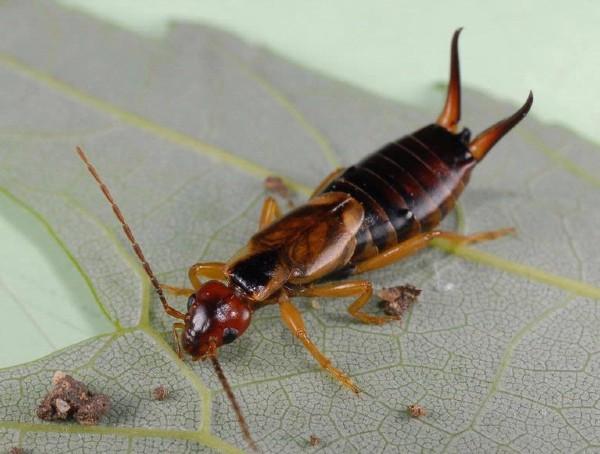General predators that can be found in a garden
Damselflies
-
Damselflies are similar to dragonflies, but are smaller (1-2 inches), and more delicate in appearance and come in various colors.
-
Damselflies generally hold their wings together above the body when at rest.
-
Prey includes mosquitoes, midges and other flies. Female damselflies lay their eggs on aquatic vegetation, or in the water when they fly low over the surface of a pond. The nymphs are aquatic and are predators of other aquatic insects.
Dragonflies

On hot days with brilliant sunshine a dragonfly may point its abdomen upward to reduce the surface area exposed to the sun. Photo: Michael J. Raupp, University of Maryland
-
Dragonflies are large (1-3 1/2 inches), often colorful insects that dart and hover over ponds.
-
They have large eyes that occupy most of the head. They also have 2 pairs of wings that may be plain or patterned. The wings are held horizontally when at rest.
-
Dragonflies catch and eat their prey in flight.
-
Prey of smaller dragonflies consists of mosquitoes, midges and small moths. Large dragonflies may capture bees, butterflies, or other dragonflies.
-
Female dragonflies lay their eggs on aquatic vegetation, or in the water when they fly low over the surface of a pond. The nymphs are aquatic and voracious predators of other aquatic insects.
Earwigs

European earwig (Forficula auricularia). Photo: Joseph Berger, Bugwood.org
-
Earwigs are common insects around the garden. The most characteristic feature of earwigs is the pair of pincers or cerci, at the tip of the abdomen.
-
There are several species of earwigs in Maryland. The most common is the European earwig (Forficula auricularia). The body is reddish-brown, slender and about 3/4 of an inch long. The adults have 2 pairs of wings. The front pair is short and leathery. The hind pair is membranous and folded under the front pair. Even though earwigs have wings, they move by walking. The pincers are straight on the female and curved on the male.
-
Earwigs have a varied diet. Some are primarily predators, feeding on aphids, insect larvae, snails and slow-moving insects. They also eat plant material such as seedling vegetables, flowers, fruit, and foliage.
